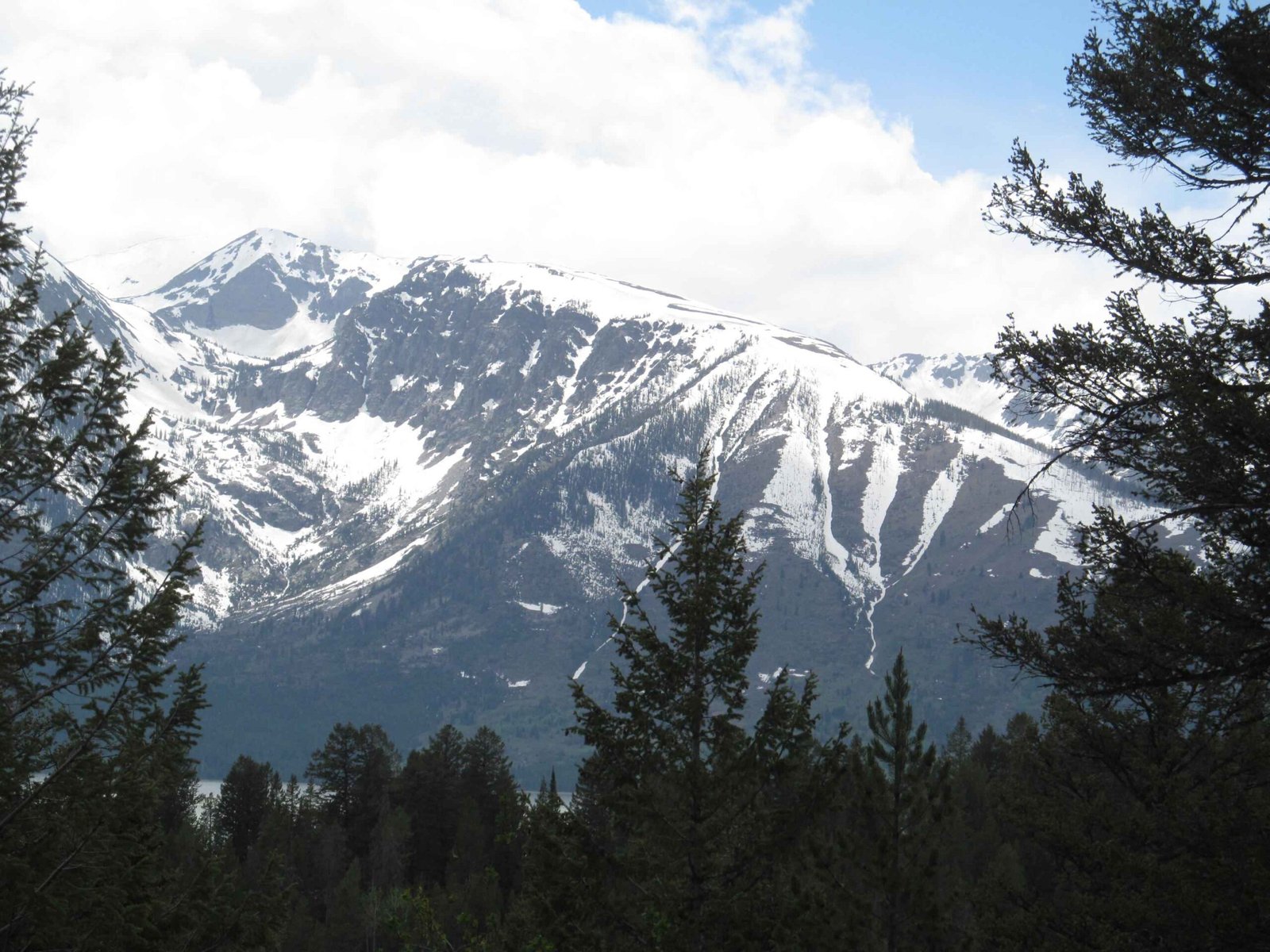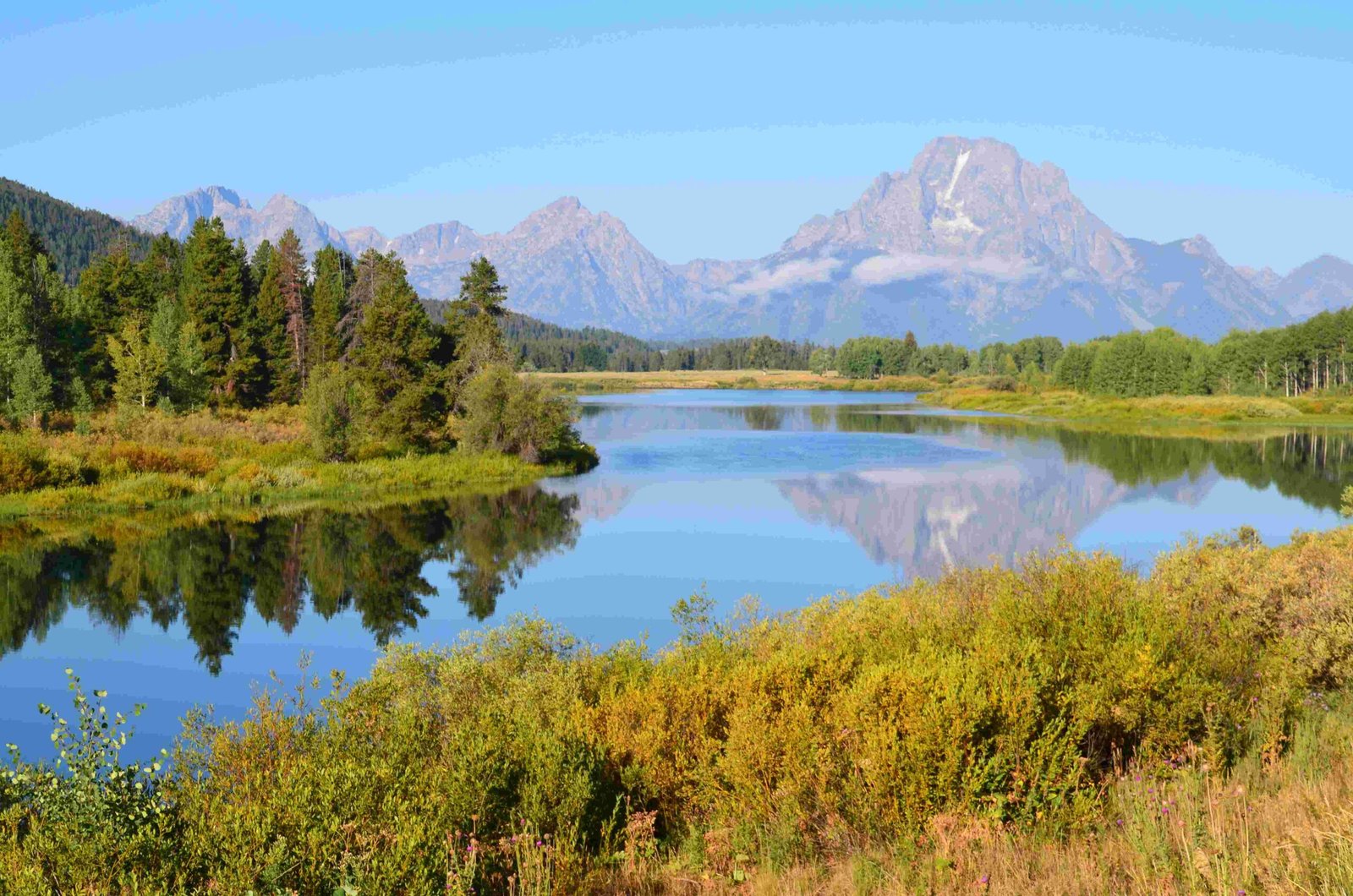Grand Teton National Park represents a remarkable geological canvas spanning nearly 3 billion years, where ancient metamorphic rocks, dramatic fault-block mountains, and powerful glacial forces converge to create one of North America’s most spectacular landscape narratives. The Teton Range emerges as a testament to complex geological processes, featuring metamorphic gneiss cores, granite peaks, and sedimentary rock layers that chronicle Earth’s dynamic transformation through millennia of tectonic activity and erosional sculpting.
What Makes the Teton Range Geologically Unique?

Rock Composition and Ancient Origins
The geological foundation of Grand Teton National Park represents an extraordinary geological timeline:
| Rock Type | Age | Characteristics |
|---|---|---|
| Archean Gneiss | 2.7-3 billion years | Metamorphic core of mountain range |
| Granite | 2.5 billion years | Forms highest central peaks |
| Sedimentary Rocks | 500-300 million years | Surrounding mountain base |
Tectonic Formation Processes
The Teton Range emerged through complex geological mechanisms:
- Fault-Block Mountain Formation: The Teton fault extends 40 miles, creating dramatic topographic relief
- Vertical Uplift: Continuous tectonic movements raise mountain blocks
- Magma Intrusions: Basaltic magma created distinctive diabase dikes
How Did Glaciers Shape the Landscape?
Glacial activity profoundly transformed Grand Teton’s terrain during the Pleistocene Ice Age:
- Carved U-shaped valleys
- Created morainal lakes
- Sharpened mountain peaks
- Deposited extensive glacial moraines
Glacial Timeline
- Pinedale Glaciation: 50,000-12,000 years ago
- Maximum glacier extent covered approximately 75% of current park area
- Responsible for most current landscape features
What Geological Structures Are Most Prominent?
Key geological structures include:
- Mount Moran’s distinctive diabase dikes
- Death Canyon’s exposed gneiss formations
- Jenny Lake’s glacial moraine boundaries
- Grand Teton’s granite summit
Scientific Significance
The park’s geological features provide critical insights into:
- Plate tectonic movements
- Continental geological evolution
- Climate change documentation
- Mountain-building processes
Visitor Geological Exploration
Recommended exploration routes for geological enthusiasts:
- Teton Park Road scenic drive
- Death Canyon Trail
- Mount Moran viewpoints
- Geological interpretive centers
Research Opportunities
Ongoing geological research focuses on:
- Fault line movement patterns
- Glacial retreat documentation
- Rock formation chronology
- Tectonic plate interaction studies
Preservation and Conservation
The National Park Service actively:
- Monitors geological changes
- Protects sensitive geological formations
- Provides educational resources
- Supports scientific research
Conclusion

Grand Teton National Park offers an unparalleled geological narrative, where rocks, mountains, and landscapes tell a complex story of Earth’s transformative processes spanning billions of years.

